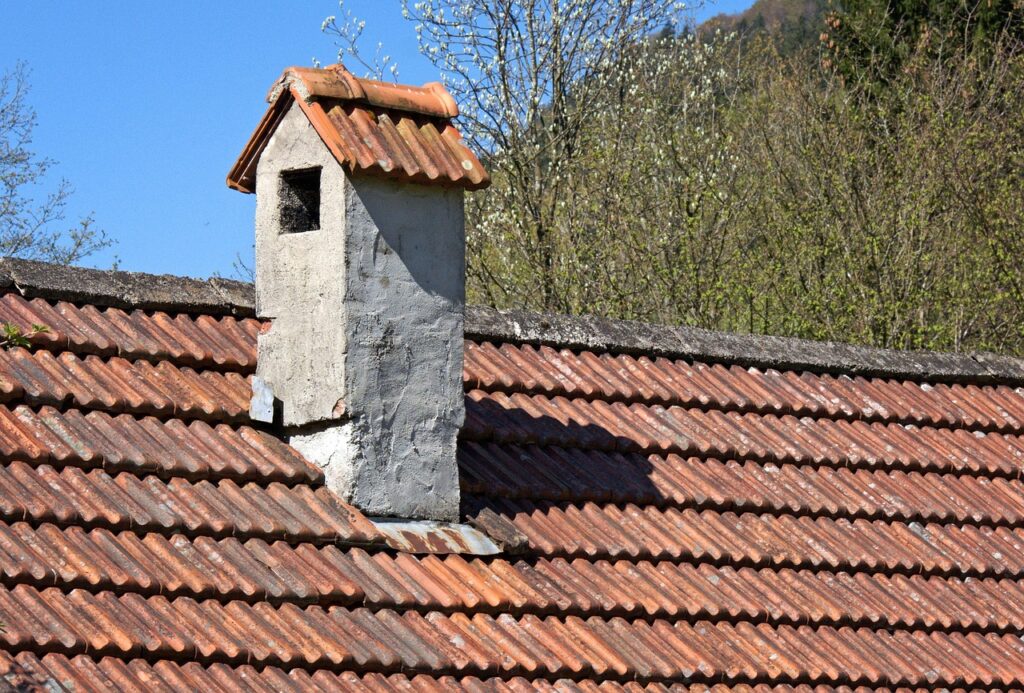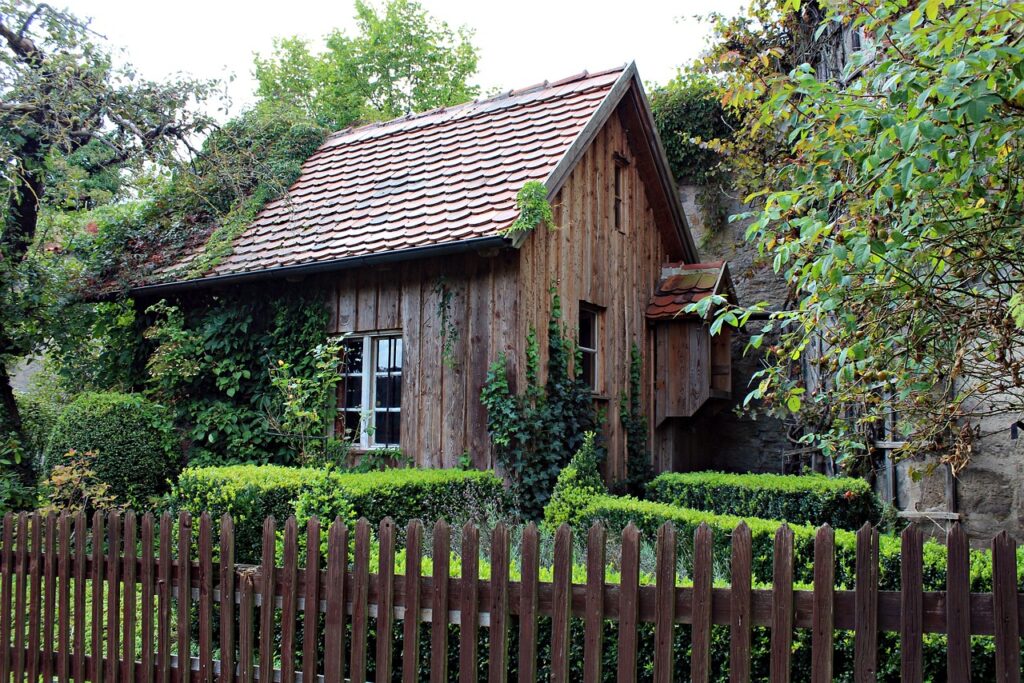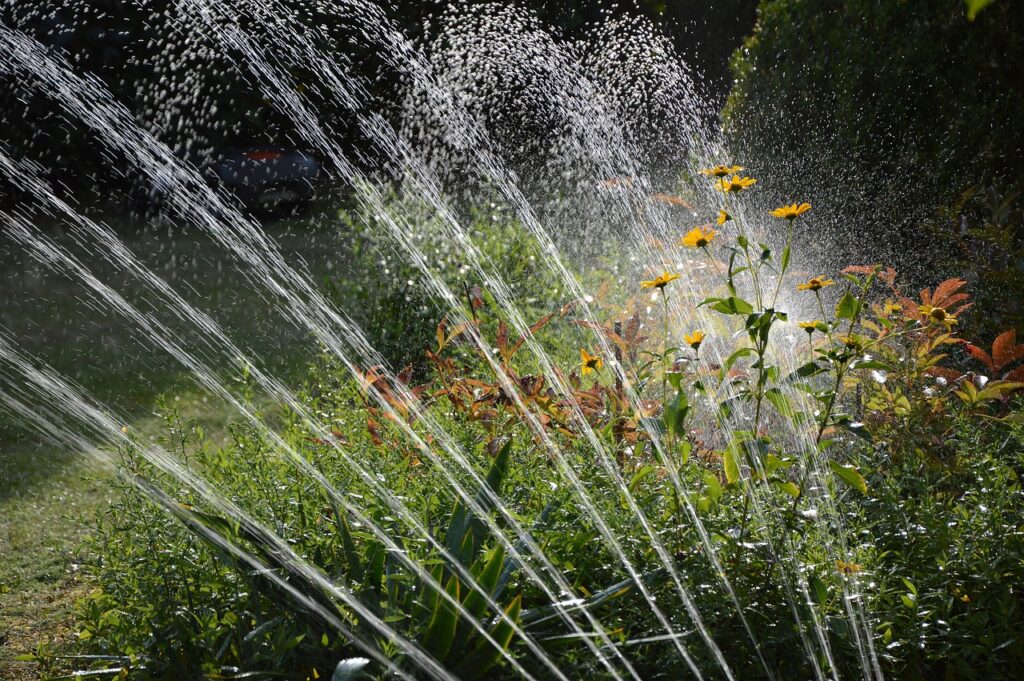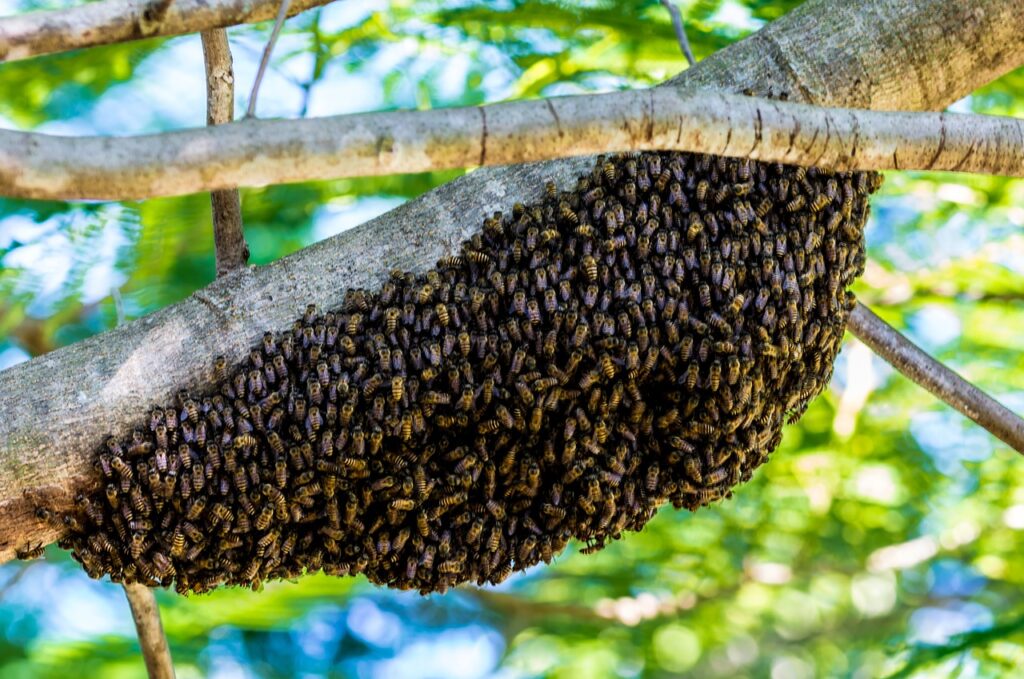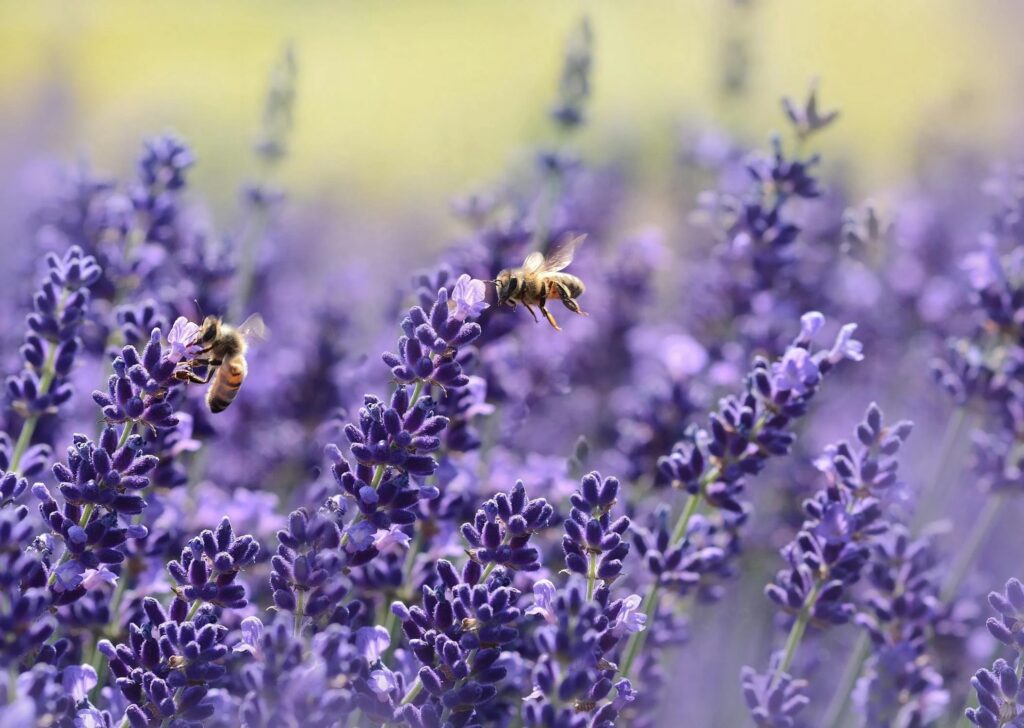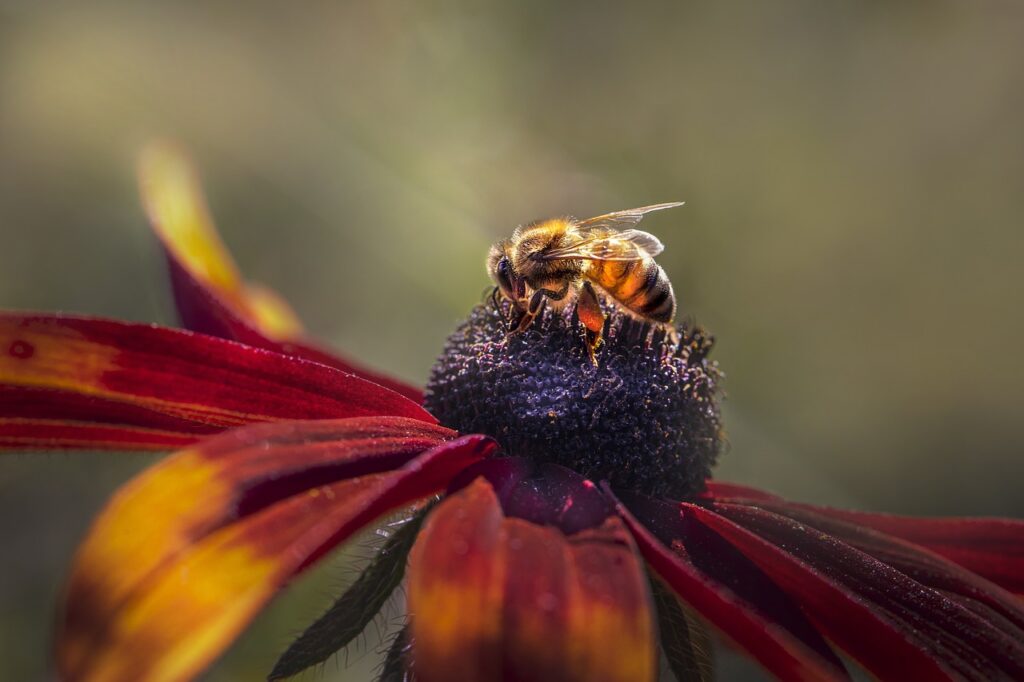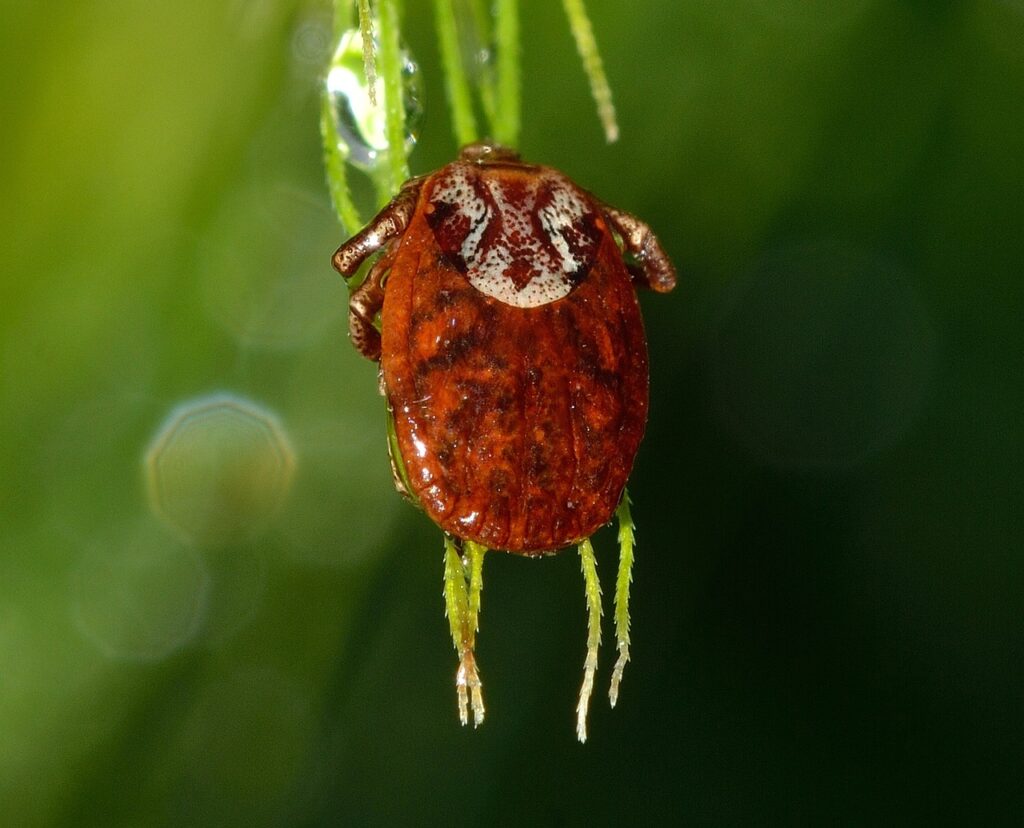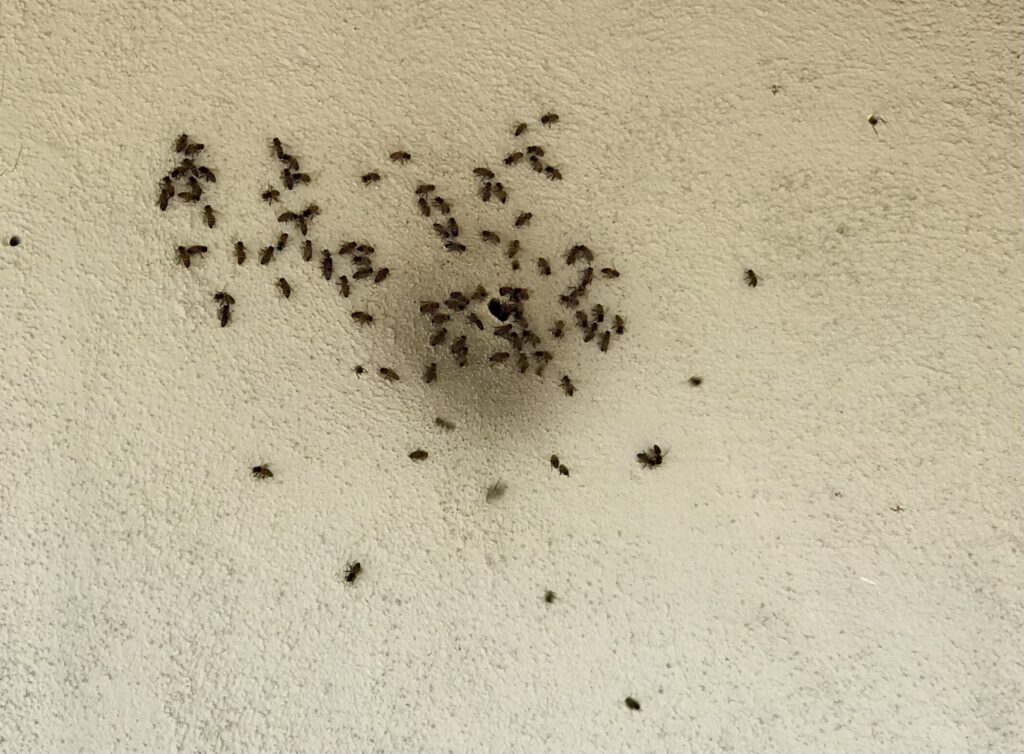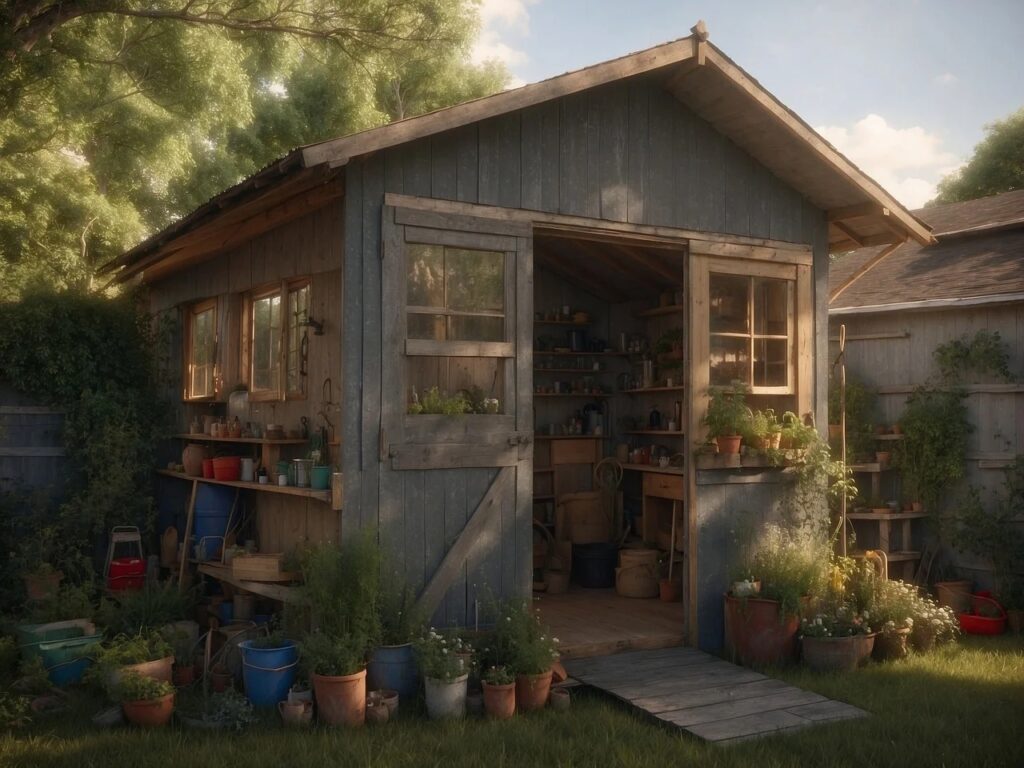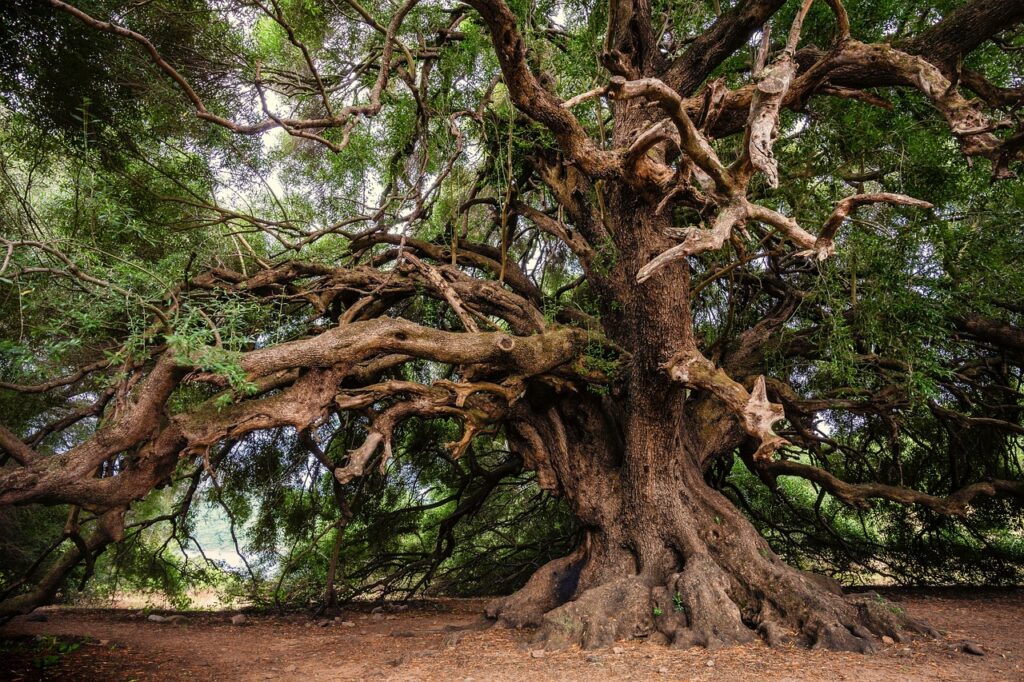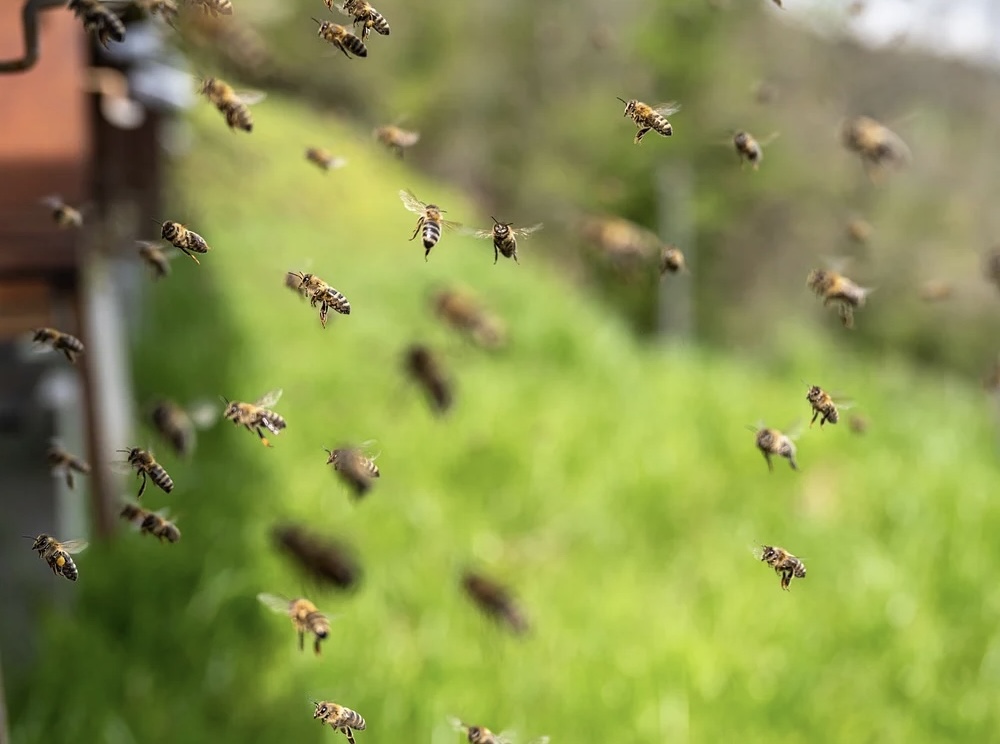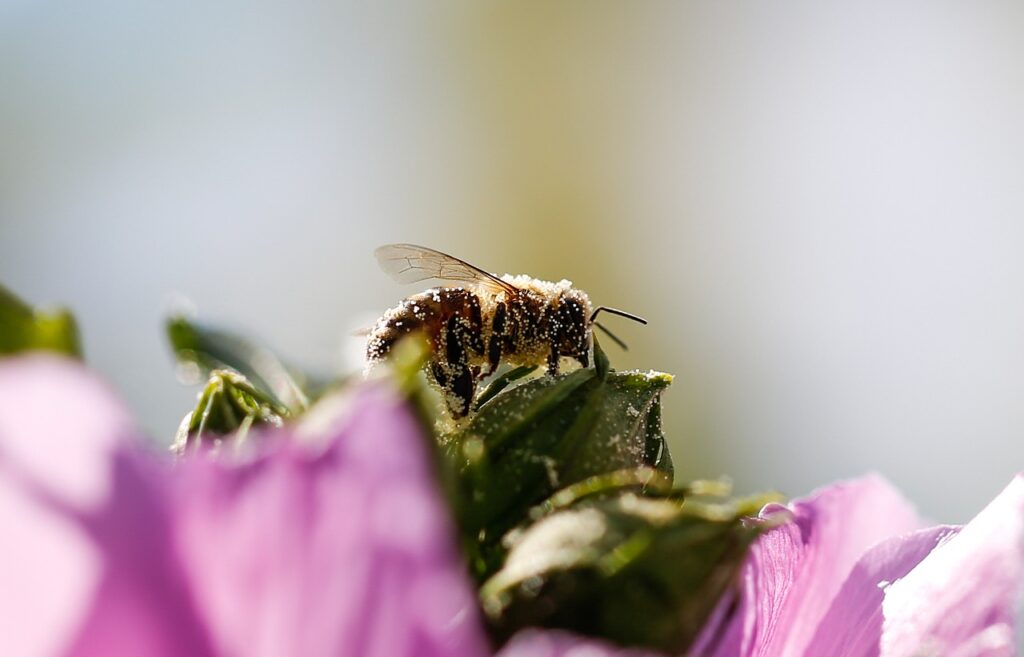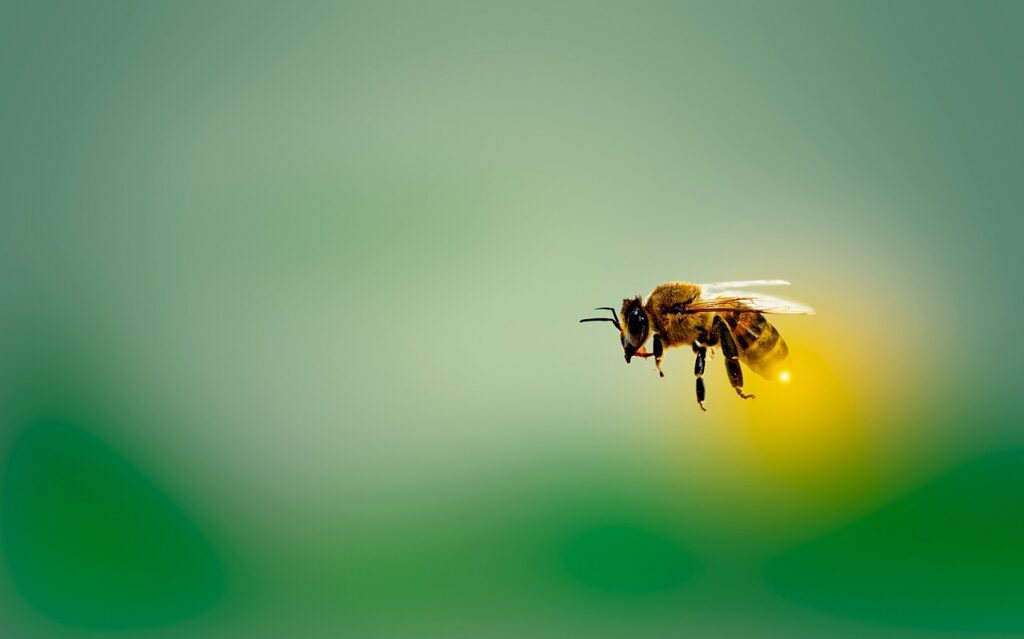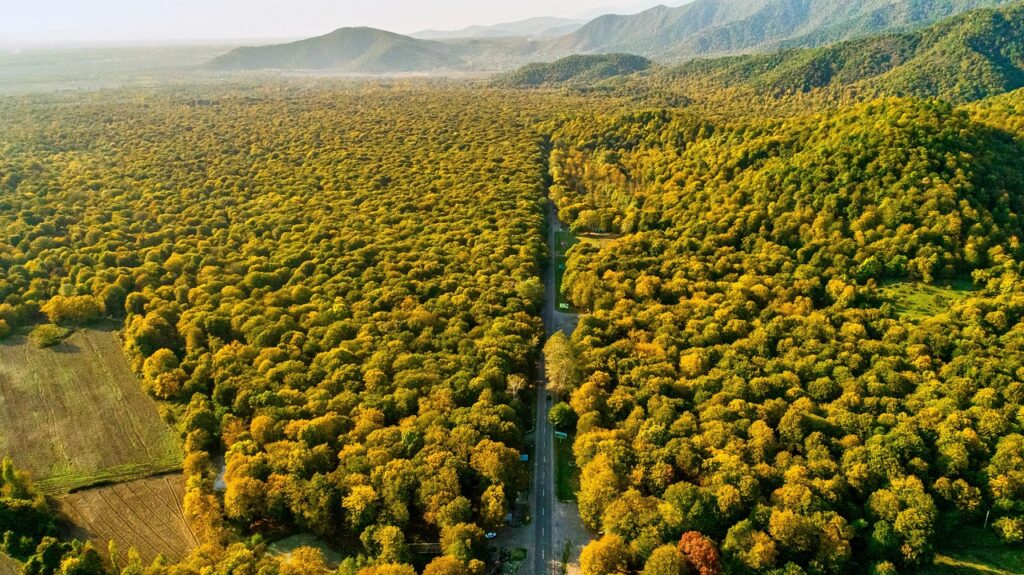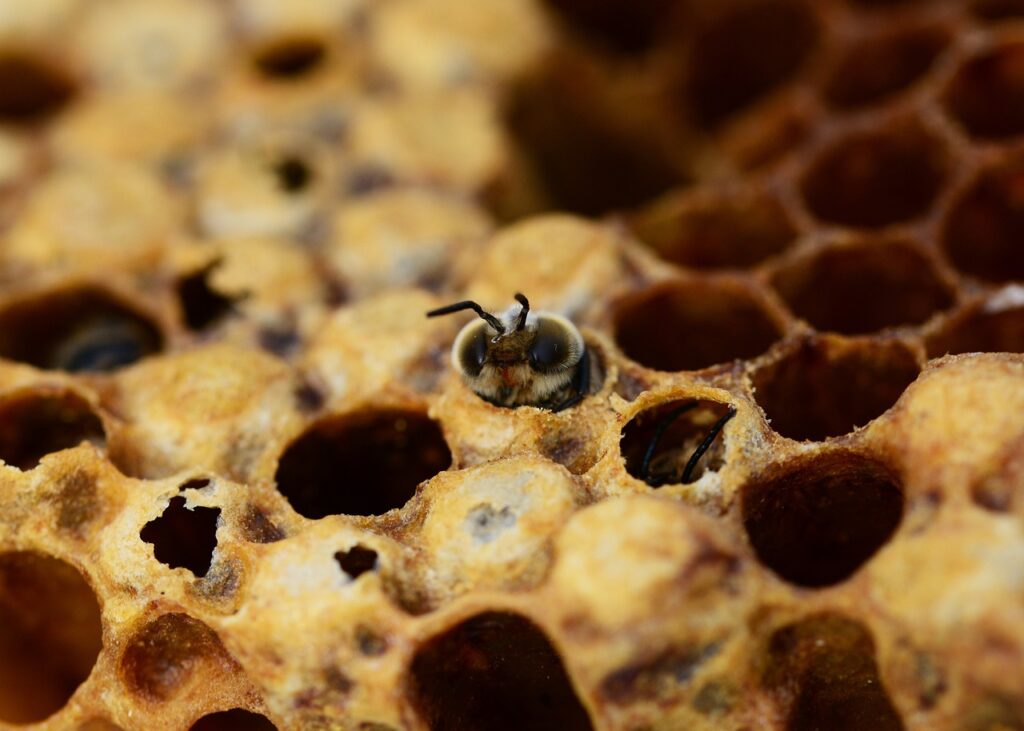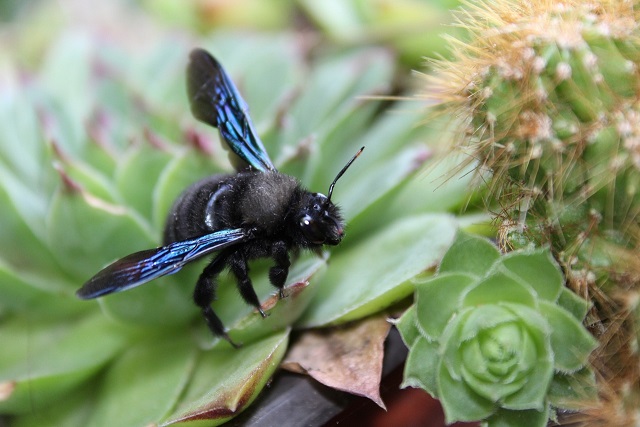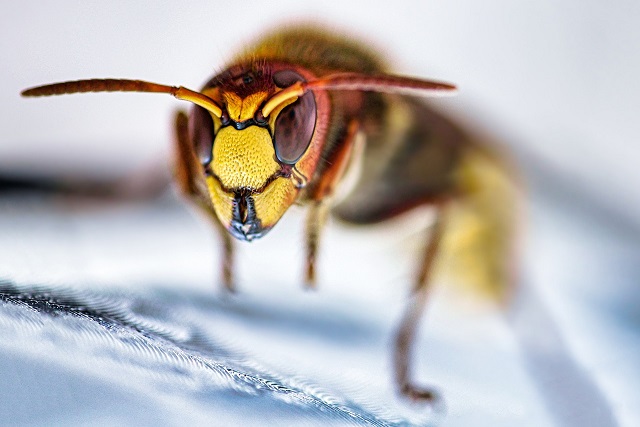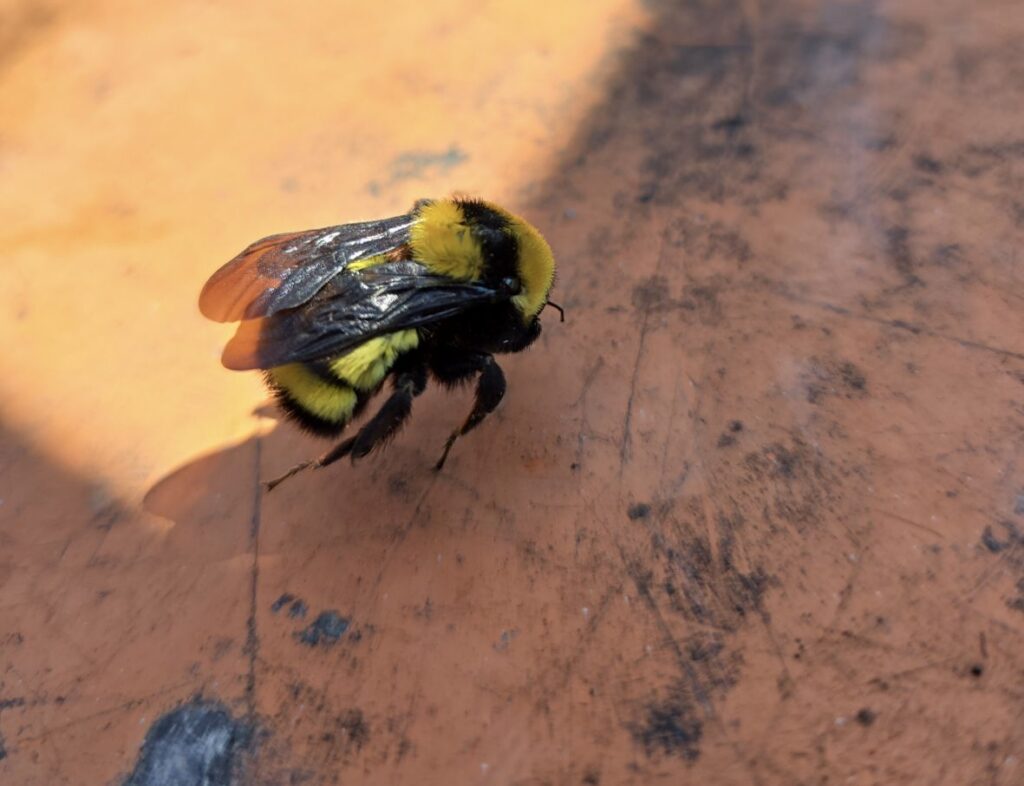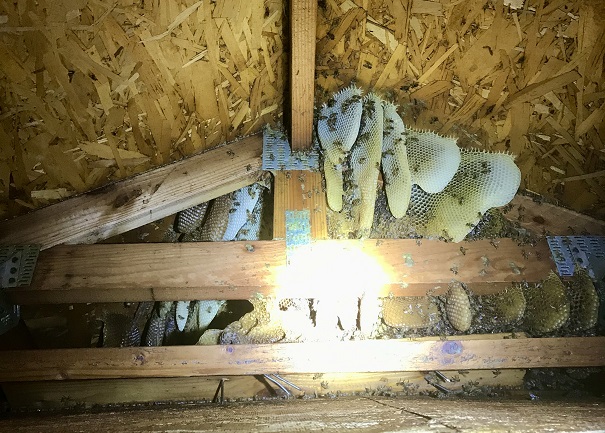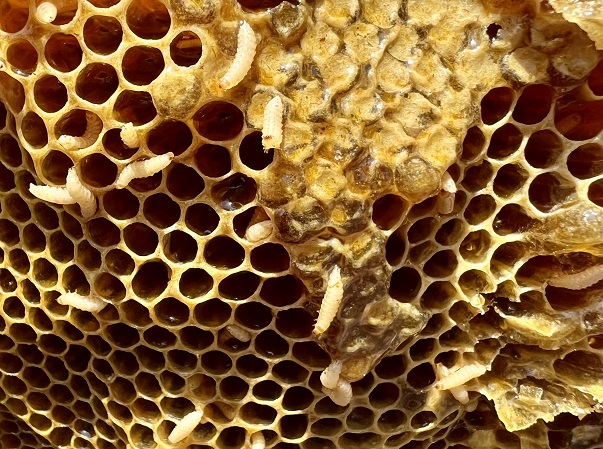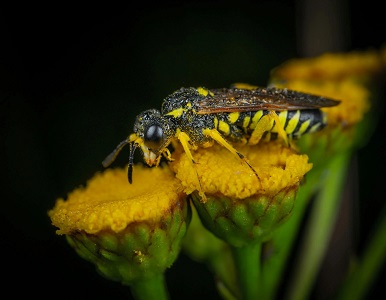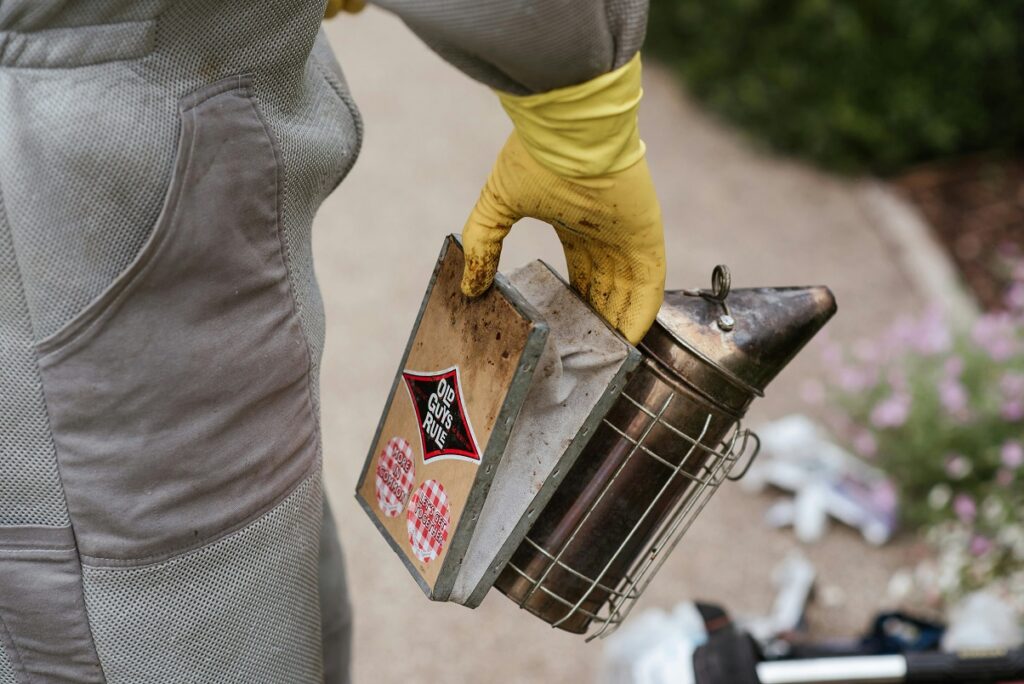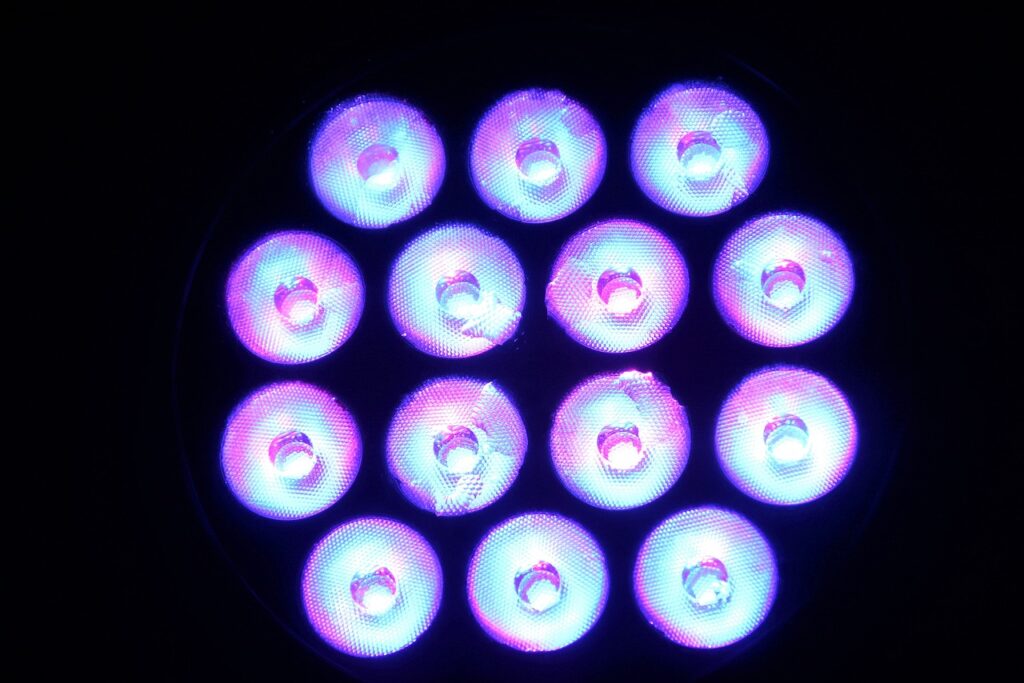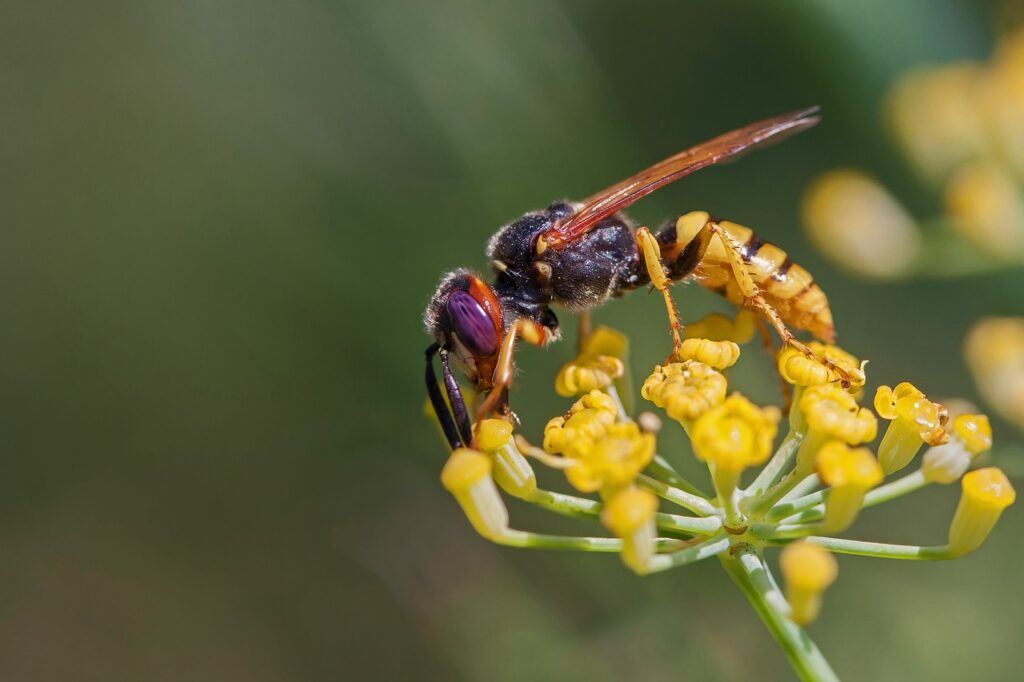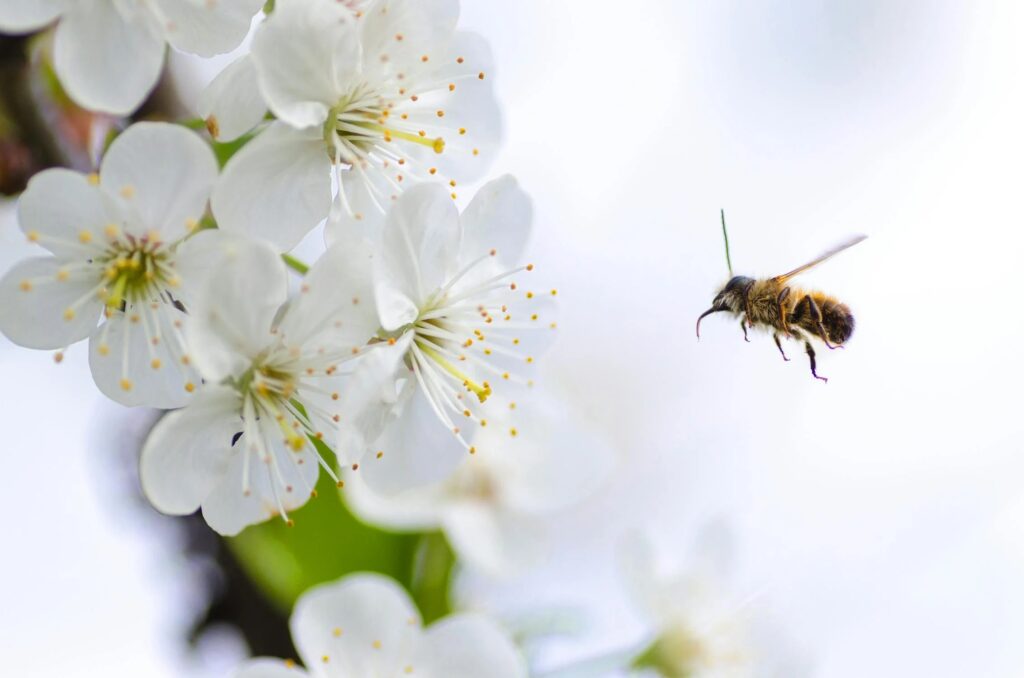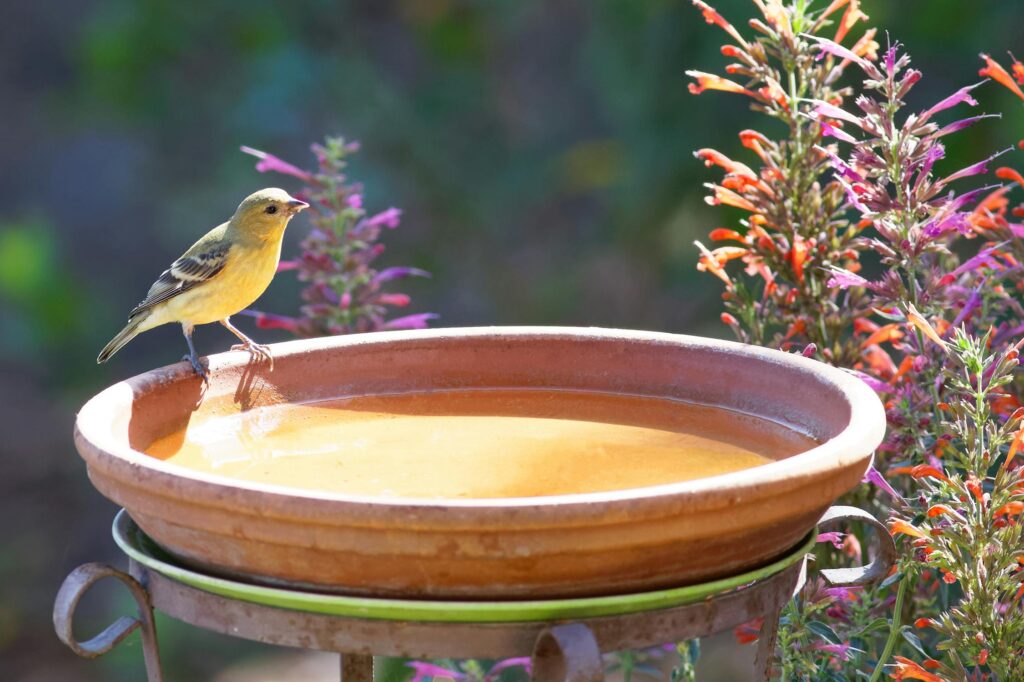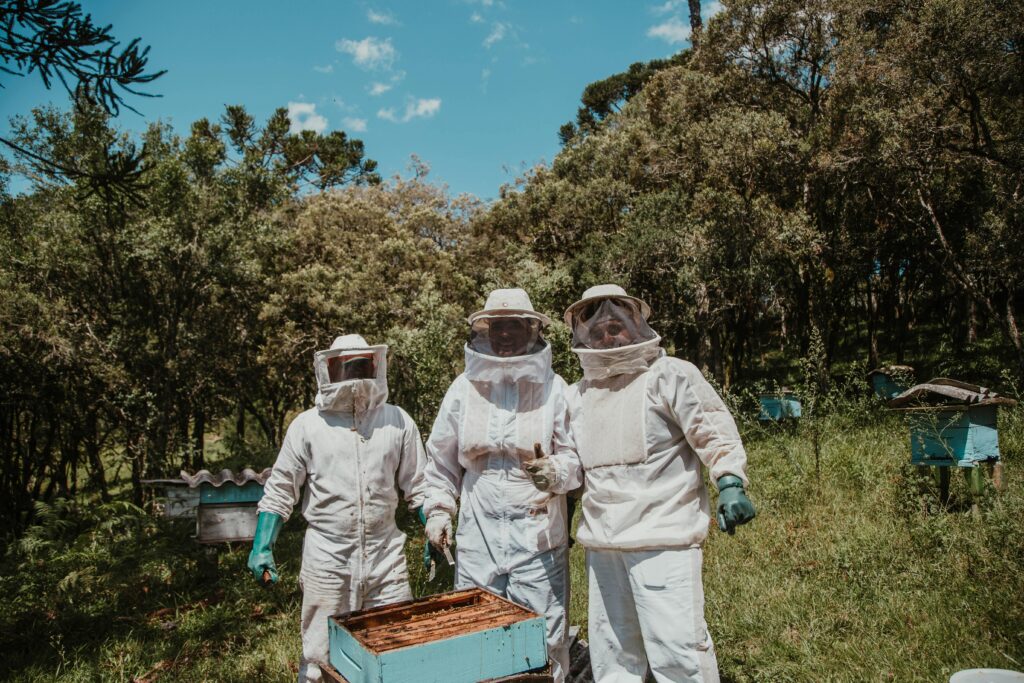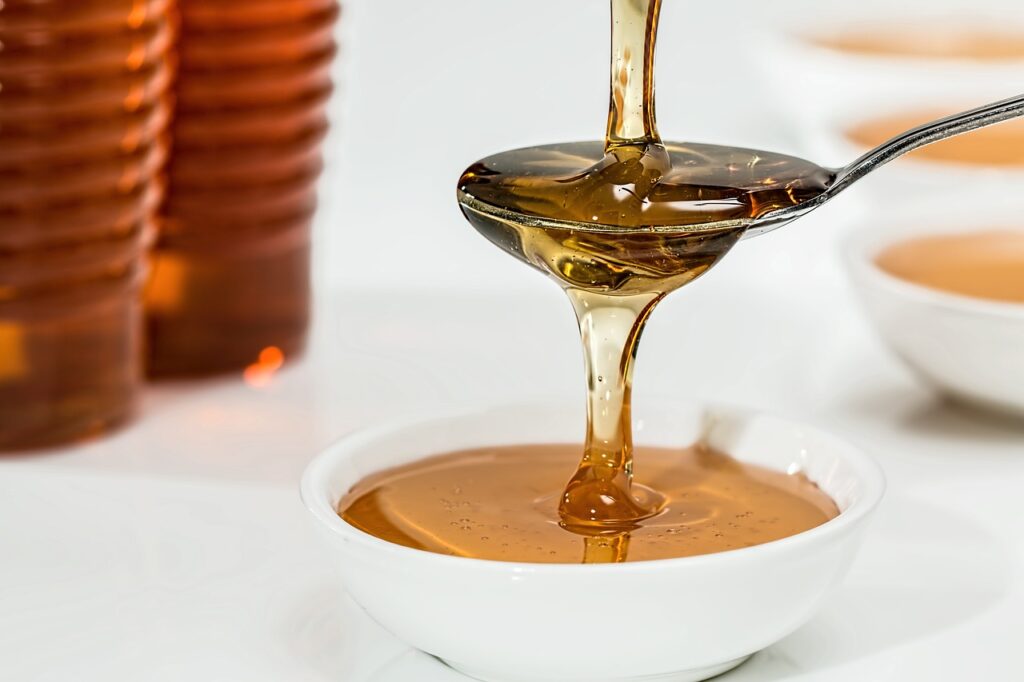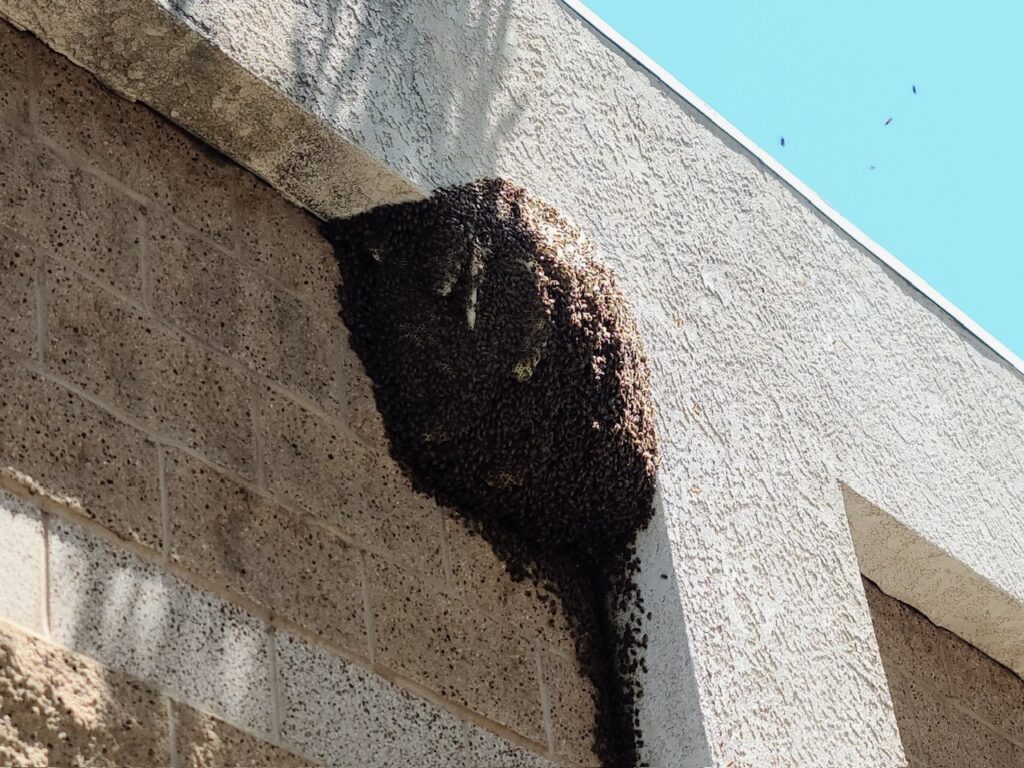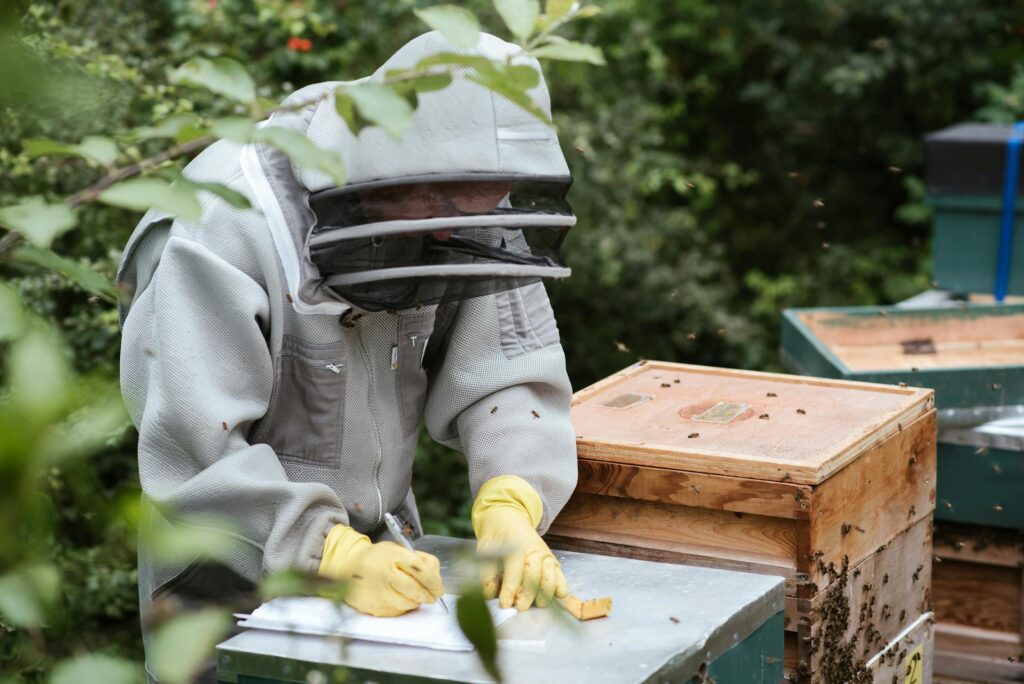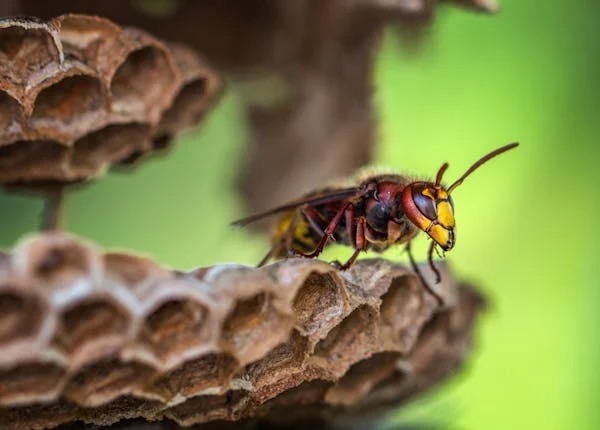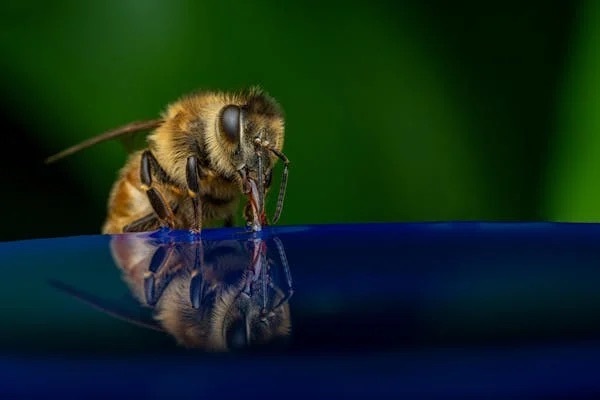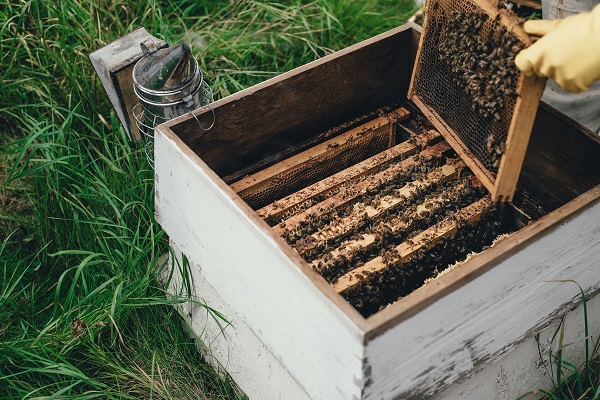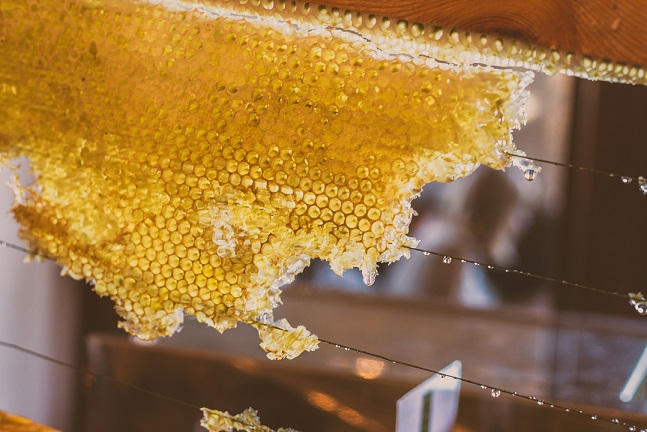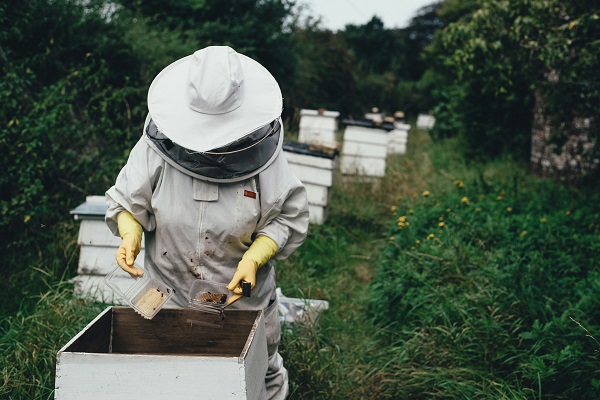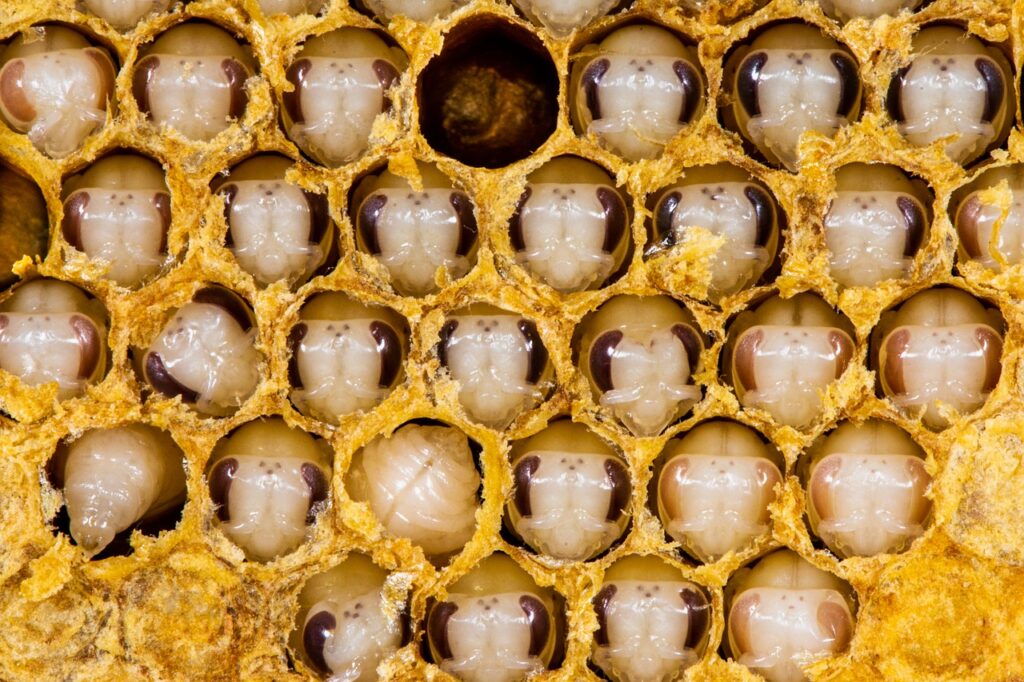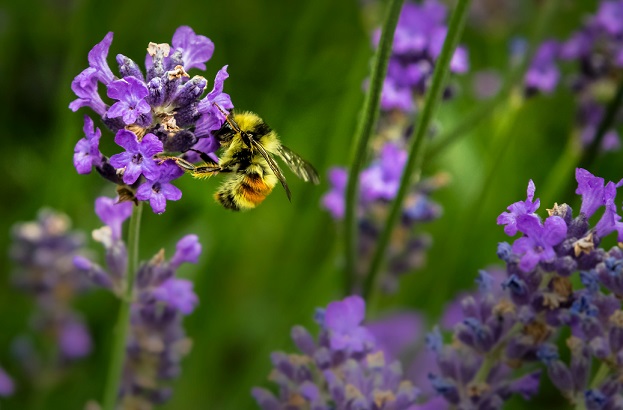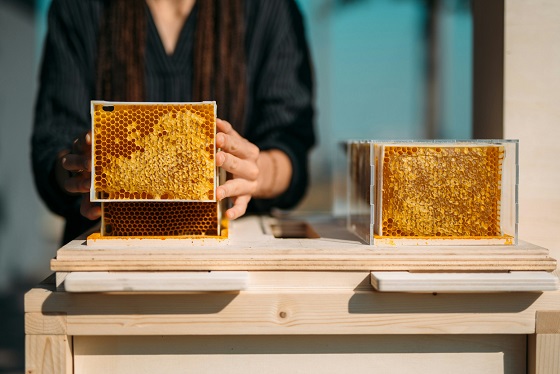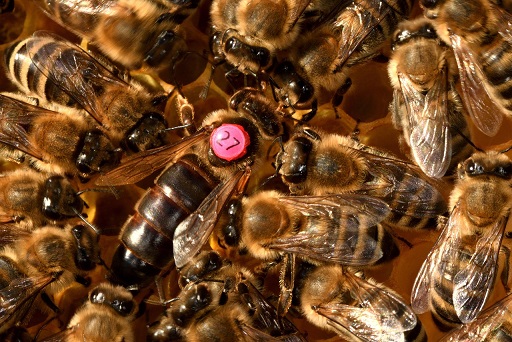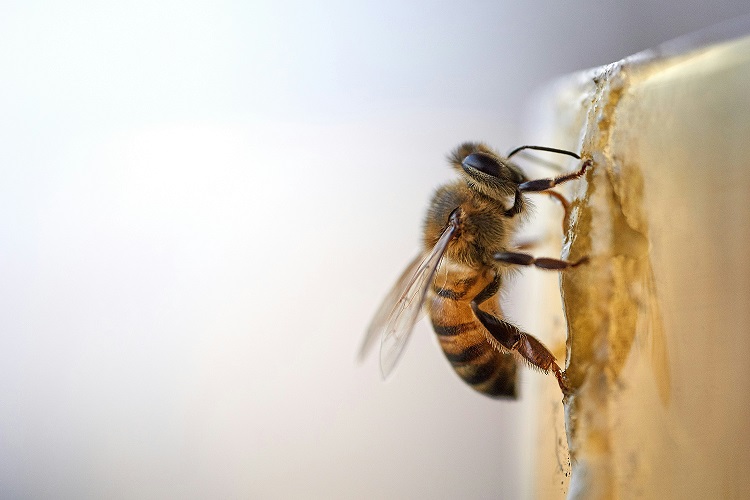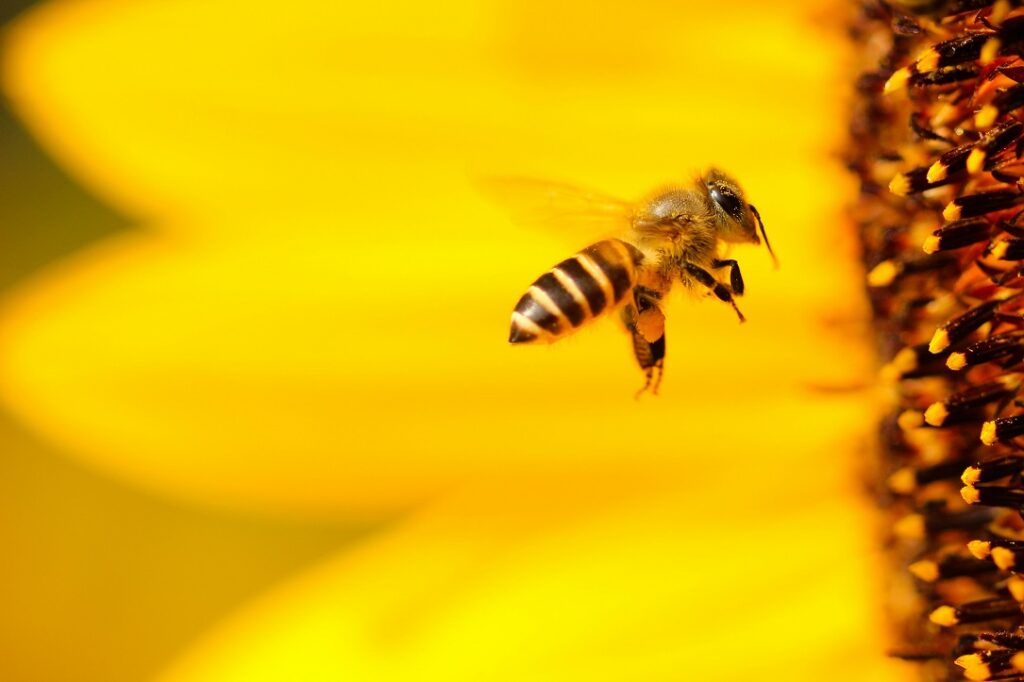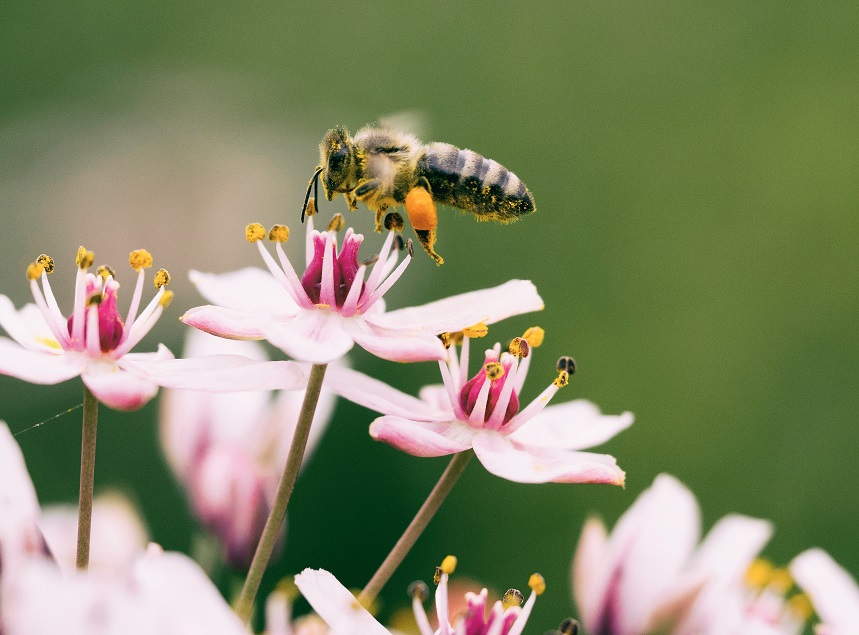Bee News
Olive tree
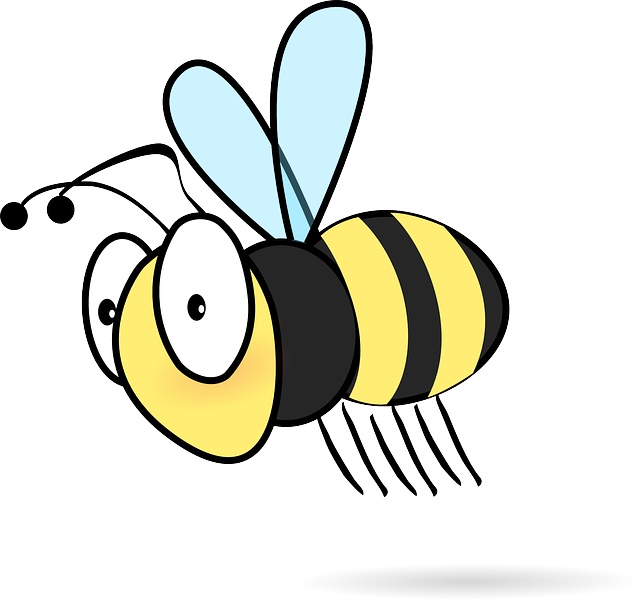


The olive tree, known scientifically as *Olea europaea*, is not just cherished for its bountiful fruit and oil but also for the ecological niches it creates in its surroundings. One particularly fascinating aspect of the olive tree’s environment is the possibility of honeybee habitation beneath its sprawling canopy. With its gnarled trunk, sprawling branches, and a hollow void that often forms at its base, the olive tree provides an ideal location for bees to establish their hives.
Olive trees are often characterized by their dense leaves that create shaded, cooler microenvironments underneath them. As they age, these trees can develop naturally occurring hollows and crevices, which serve as perfect habitats for bees. These voids not only provide shelter but also protection from the elements and predators, making them a prime location for bee colonies.
The creation of hives in such regions takes advantage of the olive tree’s unique structure. Bees are meticulous architects; they choose their nesting sites with care, seeking locations that offer safety and accessibility to flowers. The open voids under olive trees often serve as a reliable sanctuary, especially during harsh weather conditions. Bees can store honey in these spaces safely away from the intruders and adverse environmental factors.
Beyond providing shelter, olive trees play a critical role in the bee’s foraging activities. The lush foliage attracts bees with its delicate flowers, which bloom in the spring. These blossoms are rich in nectar and pollen, making them a vital food source for both honeybees and wild bee species. During the flowering season, bees are drawn to the olive blossoms, where they feed and, in turn, facilitate the pollination process crucial for the tree’s reproduction.
The intertwining relationship between bees and olive trees is mutually beneficial. While bees thrive on the nutrients provided by the flowers, the trees benefit from the pollination that enhances fruit production. This symbiosis is vital in both agricultural settings and natural ecosystems, emphasizing the importance of maintaining healthy populations of both bees and olive trees.
For many beekeepers, the olive tree presents an opportunity for establishing healthy hives. The open areas beneath the tree not only serve as a site for colony establishment but also assist beekeepers in managing their hives when they are located in olive groves. With the right conditions, beekeepers can optimize honey production by strategically placing hives near these trees during their flowering periods.
Given that about 70% of calls related to olive trees are focused on issues involving beehives, it’s clear that both beekeeping and the natural ecology of the olive tree are intertwined. Beekeepers need to consider the presence of these trees when managing their hives, as they may attract wild bee populations or affect the local bee ecosystem.
